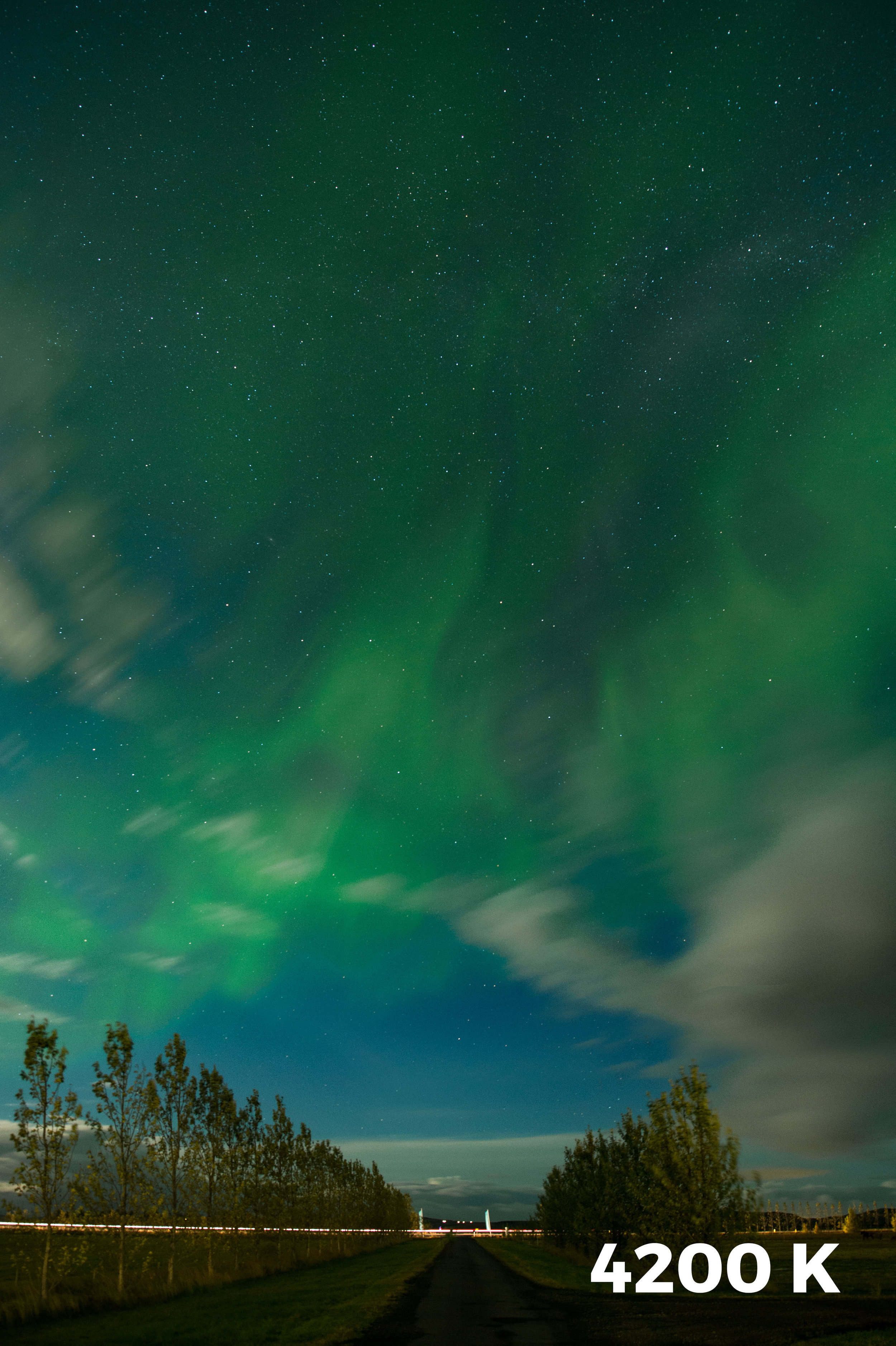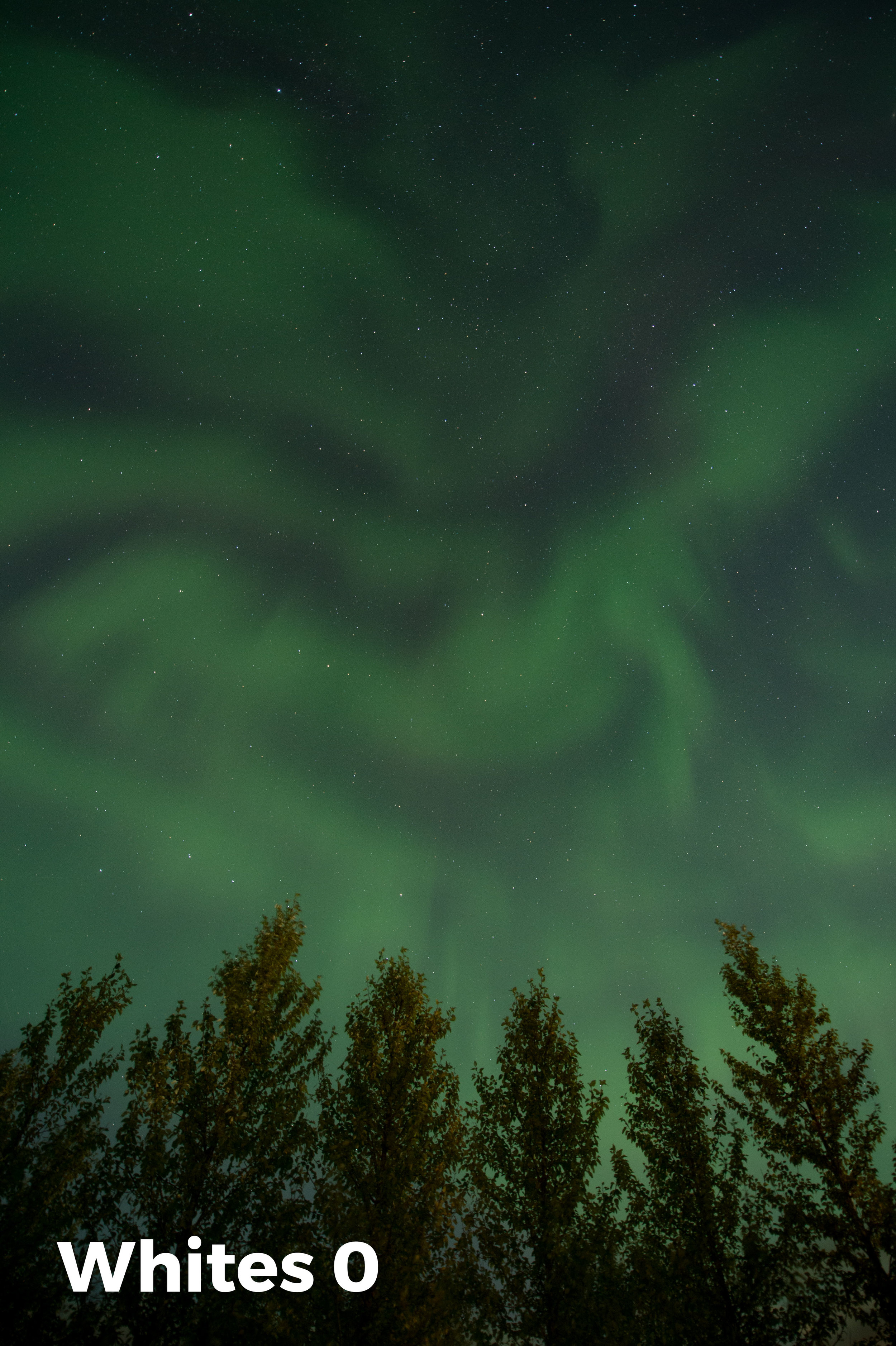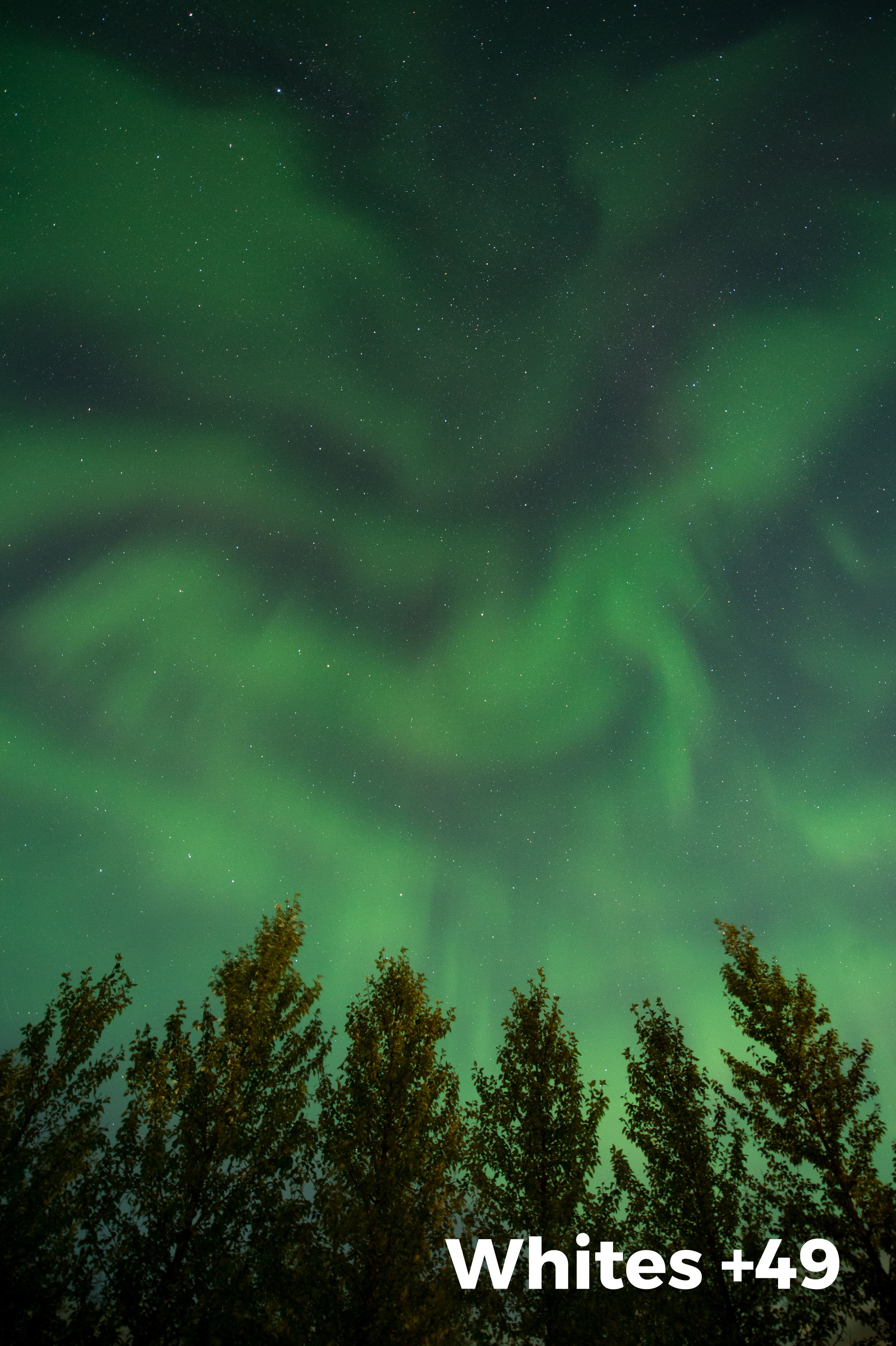Post-production. It’s the second rail of photography. But so many photographers chug along knowing only the very basics, honing just enough skill to get images off the camera and onto social media.
It’s understandable. In the film days, most people didn’t develop their own negatives nor make their own prints. So the transition to do-it-all-yourself in digital might not have been an obvious jump, nor even desired. Or maybe it’s that most modern photographers were introduced to post-processing via early versions of Photoshop, an anvil of software that’s hard and heavy to comprehend. Or maybe some photographers are just new to the game and haven’t yet had time to learn the keystrokes and mouseclicks that turn a series of 0s and 1s into an artistic masterpiece.
Regardless of the reason, plenty of folks with a great photographic eye could use more assistance learning how to turn RAW files into great photographic images.
National Parks at Night is here to help:
Since 2016 we’ve published post-production blog posts.
In 2019 we launched and ran our first Post-Processing Intensive workshop.
In 2020 we launched our first Lightroom Live online courses.
And now, in 2021, we are thrilled to announce our first Photoshop Live online course!
Here’s a rundown of all the post-production courses and workshops we’re running over the next few months. Want to level up? Come join us!
Photoshop Live
This sentence constitutes the very first time we’re publicly mentioning this brand new course—Photoshop Live: The Next Step in Post-Processing. This summer and fall, on a computer screen near you, we’ll teach how to take precise control of your images with skills such as:
understanding the architecture of Adobe Photoshop, including the different editing and selection tools
the strategy and best practices of using layers
mastering advanced local adjustments and masking
creating and editing star trail photographs
stacking light-painted images
blending Milky Way shots with blue hour foregrounds
and more!
We’re capping each session of the course at 12 attendees, so each will have a good amount of personal attention to their questions. And as a bonus, each attendee will receive one hour of one-on-one time to with an instructor.
We’ll be running this course in sessions of four classes, each 2 hours long, on Tuesdays and Thursdays for two consecutive weeks. As of now, we’re offering three sessions:
Session 1: July 13, 15, 20 and 22 (waitlist only)
Session 2: October 19, 21, 26, 28
Session 3: December 7, 9, 14, 16
This Photoshop course is a perfect successor to our Lightroom Live course, the next session of which will be held in May (see below). So you could take both courses and—in just 16 online sessions—become proficient in these two pillars of digital photography!
For more information, see our Photoshop Live webpage by clicking here:
Lightroom Live
We launched this course last spring, and we ran three sessions of it in 2020. Now we’re offering it again—an online course designed to teach Adobe Lightroom, the most important piece of software for photographers, focused on the two most important modules, Library and Develop.
Learn everything from how to import and organize your images, to how to develop them with both basic and advanced tools and techniques. We’ll cover:
understanding the Lightroom catalog
making full use of the Library module in Lightroom, including keywords and collections
gaining a complete understanding of Lightroom’s Develop module
mastering advanced adjustments using the local adjustment tools
and more!
Again with this course, the session will be capped at 12 attendees in order to ensure personal attention. Each attendee will also receive one hour of one-on-one time to with an instructor, plus a free copy of our video Lightroom: Correcting Your Catalog Chaos.
Just like with Photoshop Live, we’ll be running Lightroom Live in four classes, each 2 hours long, on Tuesdays and Thursdays for two consecutive weeks. The dates are May 18, 20, 25 and 27.
For more information, see our Lightroom Live webpage by clicking here:
Post-Production Intensive: Seattle
If you want a really deep dive into both Lightroom and Photoshop, in a vibrant and beautiful location, then join us in Seattle this July for the only Post-Production Intensive workshop we’re running in 2021.
While the online courses mentioned above each entail 8 hours of total instruction, the Post-Production Intensive workshops involve 6 full days of on-site, hands-on instruction in Lightroom and Photoshop.
Moreover, on at least a couple of nights, we’ll head out as a group to photograph the urban scenery of the Seattle waterfront. That’ll be pretty easy to get to, as we’re staying in a gorgeous hotel right on the city shores of Puget Sound, in walking distance from great shoot locations, scrumptious food and plenty of baristas pressing that famous northwest espresso.
For more information, see our Post-Processing Intensive: Seattle webpage by clicking here:
Other Opportunities
We also have other ways to learn about post-processing! Including:
Night Photo Summit Replays
In February we ran the very first online conference dedicated to night photography, the Night Photo Summit! All 43 presentations from the online conference are available as streaming videos with the purchase of a Replays ticket.
Of those 43 presentations, half a dozen are heavy on post-production, from basics such as “Capturing and Processing the Milky Way” by Tim Cooper and “Noise-Reduction Strategies for Night Photography” by Michael Frye to more advanced topics such as “Blue Hour Blends & Composites” by Jess Santos and “Creating a Basic Time-Lapse Video” by David Marx.
Meteor Shower e-Book
Four meteor showers in 2021 will rate as decent to excellent for photography, including the Eta Aquarids in May! Do you know how to shoot and process a meteor shower radiant? You can learn in our e-book Great Balls of Fire: A Guide to Photographing Meteor Showers.
Blog POsts that were and Will Be
As mentioned earlier, we’ve written a few blog posts on post-production, all available to read for free anytime you want. Some examples:
“Lightroom for the Night Photographer: Learning to Master Local Adjustments”
“The First Steps to Processing Milky Way Images in Lightroom”
“Processing Star Point Images with the Help of Starry Landscape Stacker”
“Cleaning the Clutter: How to Get Your Lightroom Catalog in Tiptop Shape”
To see what we’ve done in the past, here’s a link to all our posts. Scroll down to the Post-Production section to see the 22-and-counting titles we’ve written about the topic.
And … you caught the “and counting” part, right? We have more on the way! (Tips on printing, anyone? How about using Sequator for sharp stars? Keep your eyes peeled right here.)



















